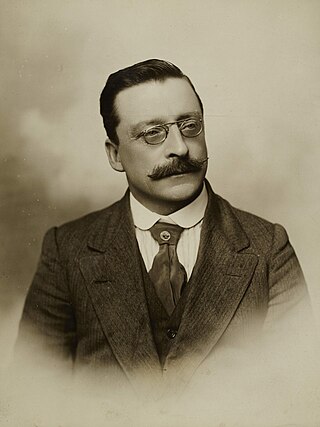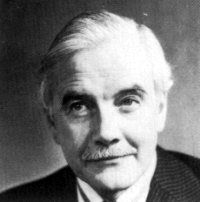- August 12, 1922
Arthur Griffith, the founder of Sinn Féin and a key figure in the Irish independence movement, died of a cerebral hemorrhage on August 12, 1922. His death occurred during a critical period in Irish history, just months after the establishment of the Irish Free State and in the midst of the Irish Civil War.
Background
-
Arthur Griffith: Born on March 31, 1872, in Dublin, Griffith was a journalist, politician, and nationalist who played a central role in the struggle for Irish independence. In 1905, he founded Sinn Féin, originally as a political and cultural organization aimed at promoting Irish self-reliance and independence from British rule. Griffith’s vision for Ireland included a dual monarchy, similar to the Austro-Hungarian model, where Ireland would be autonomous but share a monarch with Britain.
-
Sinn Féin and Independence: Sinn Féin grew in prominence after the 1916 Easter Rising, particularly as a political force advocating for full Irish independence. By 1918, Sinn Féin had become the dominant nationalist party in Ireland, and its members, including Griffith, formed the First Dáil (Irish Parliament) in 1919, declaring Ireland’s independence from Britain.
-
Anglo-Irish Treaty: Griffith was one of the key negotiators of the Anglo-Irish Treaty in 1921, which ended the War of Independence and established the Irish Free State as a self-governing dominion within the British Commonwealth. The treaty, however, was highly controversial, as it did not grant full independence and required an oath of allegiance to the British Crown. Griffith supported the treaty as a pragmatic step towards achieving Irish sovereignty, but the division it caused led to the outbreak of the Irish Civil War in June 1922.
Death and Legacy
-
Cerebral Hemorrhage: Arthur Griffith’s death on August 12, 1922, was sudden and unexpected. He suffered a cerebral hemorrhage, a type of stroke, at the age of 50. Griffith had been under immense stress in the months leading up to his death, as he was serving as the President of Dáil Éireann (the Irish Parliament) and playing a leading role in the government of the newly established Irish Free State during the Civil War.
-
Impact of His Death: Griffith’s death was a significant blow to the Irish Free State government, which was already struggling to assert its authority amidst the violence and chaos of the Civil War. Just ten days after Griffith’s death, Michael Collins, another key leader of the independence movement and the Irish Free State, was killed in an ambush, further destabilizing the new government.
-
Legacy: Arthur Griffith is remembered as one of the most important figures in the Irish struggle for independence. His founding of Sinn Féin and his role in negotiating the Anglo-Irish Treaty were pivotal in the creation of the Irish Free State. Despite the controversies surrounding the treaty and the Civil War, Griffith’s contributions to Irish nationalism and his vision for an independent Ireland are recognized as foundational to the modern Irish state.
-
Commemoration: Griffith’s legacy is commemorated in various ways in Ireland, including through monuments and plaques, particularly in Dublin. His writings, political ideas, and leadership continue to be studied as part of the broader history of Ireland’s journey to independence.
Arthur Griffith’s death in 1922 marked the loss of a central figure in Irish politics at a time when the country was navigating the challenges of newfound independence and internal conflict. His contributions to the Irish nationalist movement and the establishment of the Irish Free State remain a crucial part of Ireland’s history.

 ← Popular character actor Fulton McKay was born.
← Popular character actor Fulton McKay was born.
 RIC is disbanded to be replaced by the Garda Síochána →
RIC is disbanded to be replaced by the Garda Síochána →